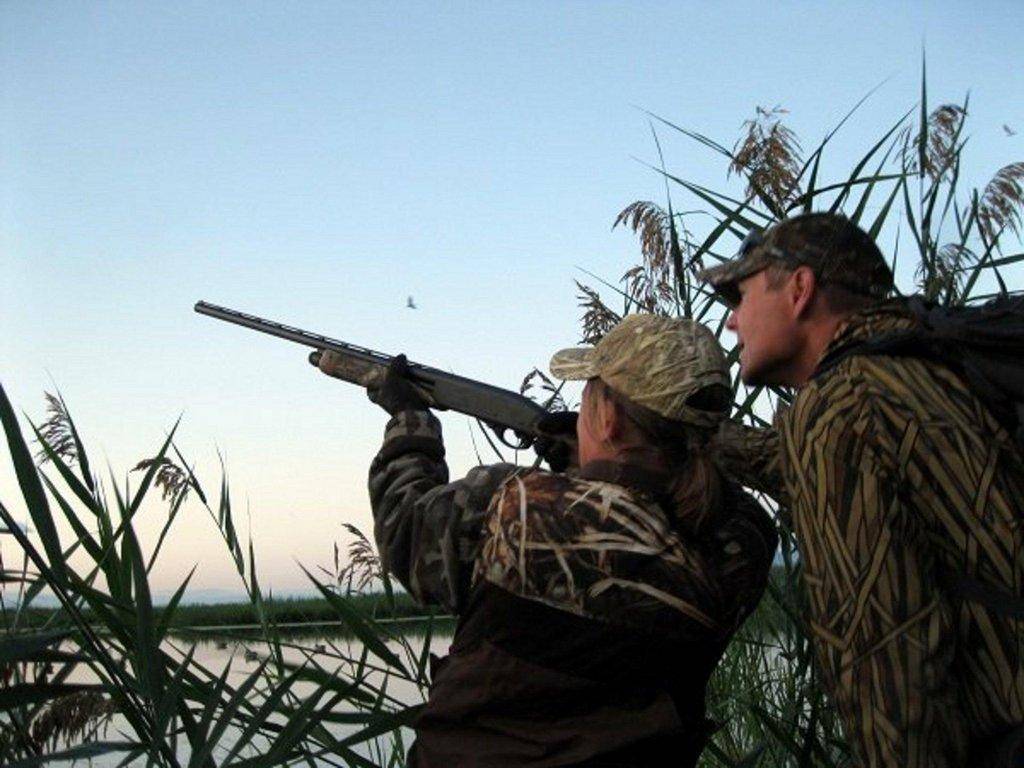Plenty of ducks, geese and swans will be available to hunters in Utah this fall. Hunters are wondering how long this will last as Utah’s general waterfowl hunt approaches Oct. 5.
According to Division of Wildlife Resources Migratory Game Bird Coordinator Blair Stringham, this past spring was great for waterfowl in the western United States and Canada. This included waterfowl in Utah. “In addition to the birds that will migrate through the state, plenty of birds were produced locally,” Stringham explained.
The DWR coordinator is concerned though, that once shooting starts on the marshes, birds will not have enough places to go and escape hunting pressure. Having places to hide from hunters is important to the birds and humans alike.
When birds have a place to go in order to escape hunting pressure, they will remain in those areas for most of the day before flying back into the marshes to feed. When the birds fly back into the marsh, great hunting action begins.
Stringham says being in the right place at the right time is the key to having a successful hunt this fall. “Start in the marsh at the beginning of the season,” the DWR official explained. “Locally produced birds and early migrants should provide some great hunting.”
Once hunting pressure pushes these birds out of Utah, being in the marsh when larger flocks of migrating birds arrive will be the key to success. “If in the marsh when these new groups of birds arrive, hunters should be successful,” Stringham advised. “But the birds probably will not stay long before heading south.”
Stringham says all duck species, with the exception of scaup, are doing as well or better than last year at this time. Canadian geese and tundra swans are also doing exceptionally well. “Water conditions were really good last spring in western Alberta, Alaska and Montana, which is where most of the ducks that migrate through Utah come from,” Stringham explained. “Even though Utah was extremely dry this past spring, enough water was available for ducks to nest and raise their young. Tons of cinnamon teal were raised locally. Plenty of gadwalls, mallards and redheads were also raised locally.”
Water conditions will improve as the season progresses. Right now, however, almost all of Utah’s public hunting areas have at least some dry spots. Stringham provides the following highlights:
The major ponds on most of the state waterfowl management areas have water in them and should attract good numbers of birds. “These areas have some of the best waterfowl habitat in the state right now,” stated the DWR officer. “These areas should draw plenty of birds.”
Stringham says hunting could be especially good at Desert Lake, a waterfowl management area southeast of Elmo. “Eastern Utah has received tons of rain lately,” the waterfowl coordinator stated. “Before the rain, the ponds at Desert Lake were completely dry, with vegetation growing on the bottom of them. Now that the ponds have water in them, the flooded vegetation should attract birds like a magnet.”
Before the waterfowl season begins on Oct. 5, specific water-condition information should be available on the DWR website.
Also, to learn more about hunting waterfowl in Utah, see the 2013-2014 Utah Waterfowl Guidebook. The guide is available at www.wildlife.utah.gov/guidebooks.
If you have questions about hunting waterfowl in Utah, call the nearest DWR office or visit https://wildlife.utah.gov/dwr/hunting/hunting-information/waterfowl.html.

